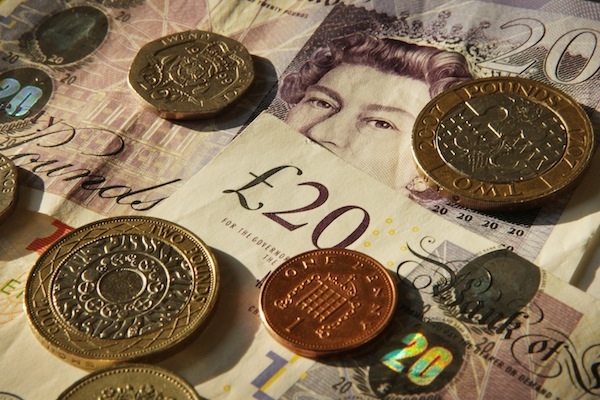After being been paid a week or two early due to Christmas, and then shelling out on festive gifts and nights on the town, for many of us there’s too much month left at the end of the money.
It’s at this time of the year that the overdraft facility from your bank can be a real lifesaver; it might cost a few quid for the privilege but at least you can get on with your life without worrying about not being able to pay the bills.
However, not everybody relies on their overdraft on an occasional basis or for a little flexibility now and again to tide them over for a couple of weeks.
With personal debt levels rising, more people than ever are in the red for the majority of each month. For many, being permanently overdrawn has become a way of life and is now considered the norm – albeit a very expensive norm.
It doesn’t help that, in recent years, a number of banks have introduced fixed daily fees for agreed overdraft borrowing rather than charging an interest rate. Lenders have promoted these tariffs as a positive move, claiming they are easier for customers to understand.
Yes, 75p or £1 per day may be easier to compute that a 15.9 per cent AER interest rate, but what the sneaky banks conveniently forget to mention is that for smaller sums it works out way more expensive for the customer.
For example, borrowing £500 on an agreed overdraft at a rate of 15 per cent works out at approximately 20p per day – much less than the 75p charged by Barclays or £1 from Halifax or Santander.
Spelling it out in a different way may shock you: 75p for a £500 overdraft for one day is the equivalent of an interest rate of 55 per cent and at £1 it equates to a staggering 73 per cent. You’re not as sold on the simplicity angle now I guess?
In addition to whether your bank is charging over the odds for your overdraft, the other key question is how do you extricate yourself from the never-ending cycle of being in the red and paying through the nose?
The answer is a credit card which offers a facility called a ‘money transfer’. Unlike a balance transfer card where you switch money from one piece of plastic to another, a money transfer lets you transfer money from a 0 per cent credit card directly into your bank account.
Lenders including Virgin Money, Tesco Bank and MBNA are the main players in the money transfer sector.
So, how does it work in practice?
Let’s say you are always in overdrawn to the tune of around £2,000 with Halifax or Santander. In that case, you will be currently paying £2 a day – that’s £60 or £62 per month in charges depending on the number of days in the month.
If you transferred £2,000 from an MBNA credit card offering 0 per cent on money transfers for 36 months there would be a one off 2.99 per cent money transfer fee payable (£59.80).
Your current account would be back in the black. Then it’s important to contact your bank and ask for the overdraft limit to be reduced to say £100 or £200 just in case – if you leave the £2,000 limit in place there’s always the temptation to use it and that would just compound your debt situation. Get rid.
The balance on your new credit card will be £2059.50 including the fee. To clear this amount in full within the three-year term you’ll need to pay at least £57 per month, but that shouldn’t be too much of a problem as you’ll no longer be paying out £60 a month to your bank in charges.
If you are disciplined enough to stick to this regime for three years (and that means no extra spending on the credit card) your overdraft will be gone for good and maybe next January your bank balance won’t look anywhere near as scary.
Andrew Hagger is the Founder of Moneycomms.co.uk






Comments